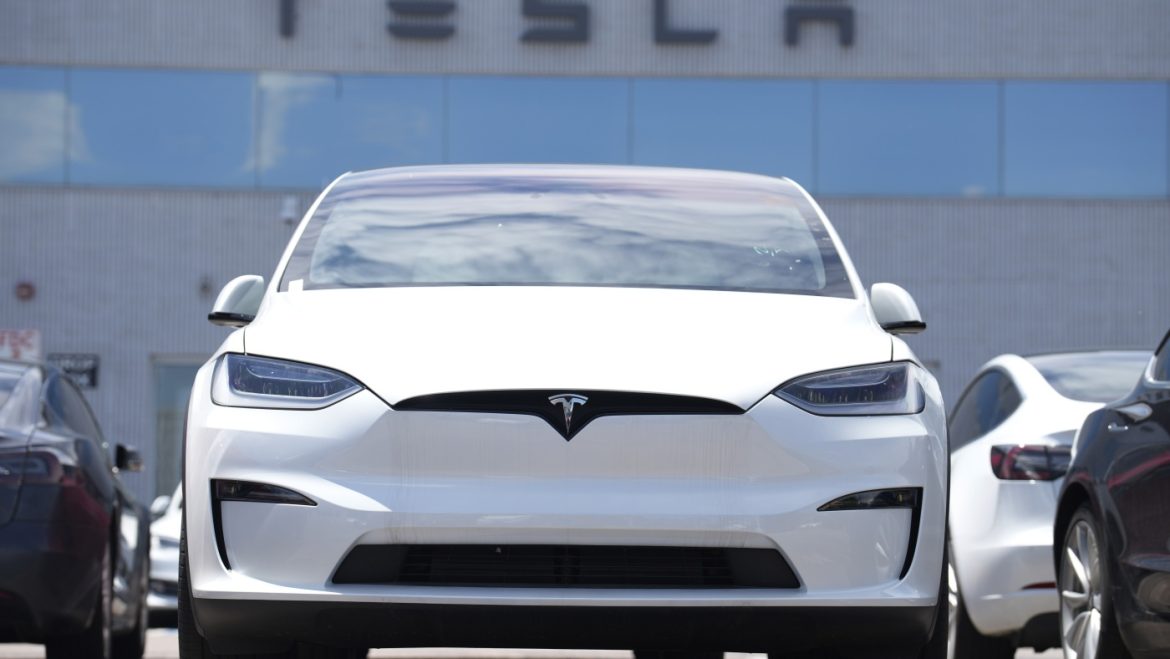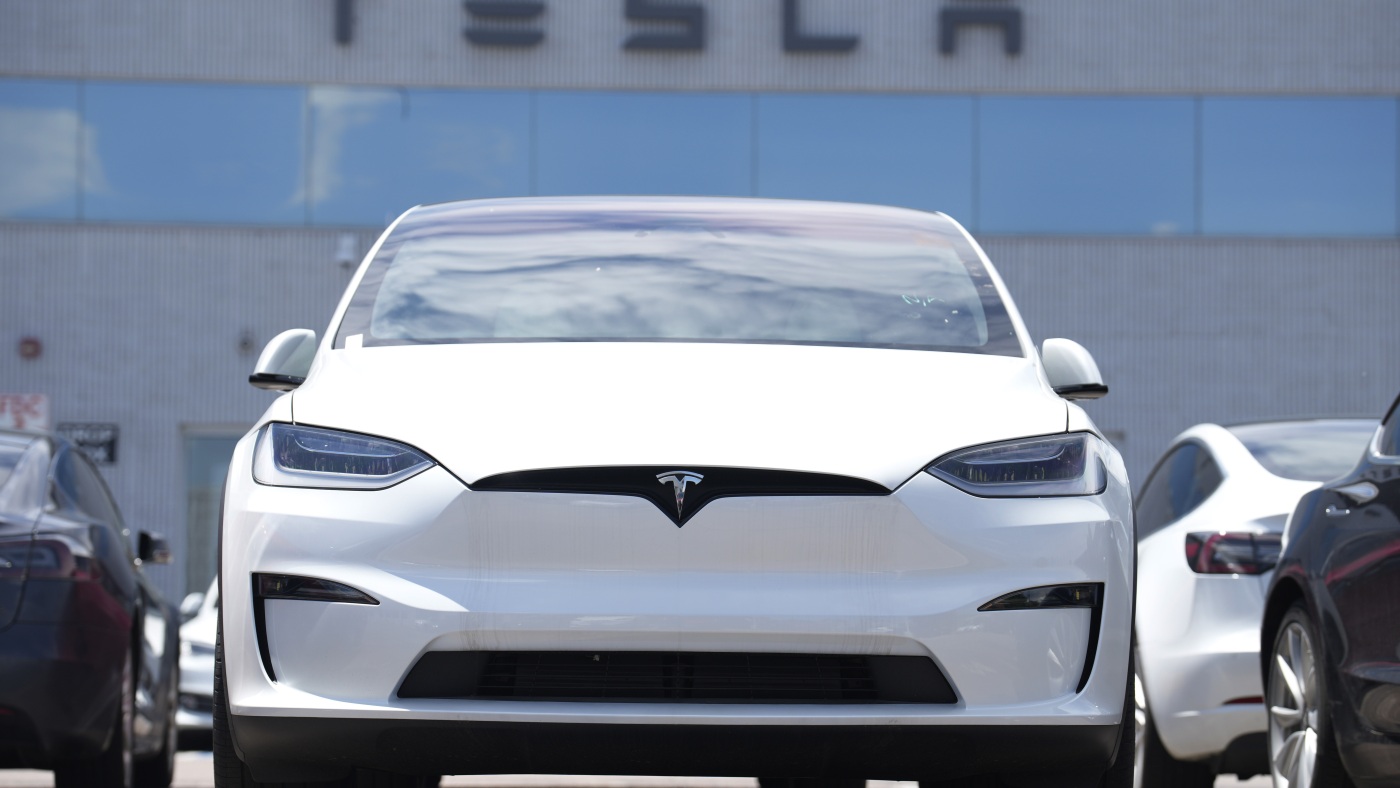Tesla’s Crossroads: Navigating Challenges in the EV Revolution
A Market in Flux
Tesla’s recent struggles are not merely financial blips but symptoms of a broader industry shift. The electric vehicle market, once a niche Tesla dominated, has become a battleground. Traditional automakers, armed with decades of manufacturing expertise and vast resources, are aggressively entering the EV space. Legacy brands like Ford, GM, and Volkswagen are launching competitive electric models, while Chinese manufacturers like BYD and NIO are gaining global traction. This intense competition is eroding Tesla’s market share, particularly in key regions like Europe and China.
The Profitability Puzzle
Tesla’s profitability challenges extend beyond declining sales. The company’s gross margins have been under pressure, shrinking from 28.4% in 2022 to 18.2% in the second quarter of 2023. This decline is attributed to several factors:
– Increased competition: Competitors are offering similar or better features at lower prices, forcing Tesla to cut prices to remain competitive.
– Supply chain disruptions: Global supply chain issues, exacerbated by geopolitical tensions, have increased production costs.
– Rising raw material costs: The price of key components like lithium and nickel has surged, squeezing margins.
The Brand Dilemma
Tesla’s brand, once synonymous with innovation and exclusivity, is facing an identity crisis. The company’s attempt to broaden its appeal with more affordable models has diluted its luxury image. Meanwhile, frequent price cuts have led to consumer confusion and eroded perceived value. This brand dilution is particularly evident in China, where Tesla’s market share has been steadily declining as local brands gain popularity.
The Cybertruck Conundrum
The long-awaited Cybertruck, once hailed as a revolutionary design, has become a symbol of Tesla’s execution challenges. Delays, design controversies, and production issues have dampened enthusiasm. The Cybertruck’s high price point and unconventional design may limit its mass appeal, further complicating Tesla’s efforts to capture the lucrative truck market.
The Supercharger Advantage
Despite these challenges, Tesla’s Supercharger network remains a significant competitive advantage. With over 40,000 Superchargers worldwide, Tesla’s infrastructure is unmatched. This network not only supports Tesla vehicles but also provides a potential revenue stream through partnerships with other automakers. Expanding this network and opening it to non-Tesla vehicles could enhance Tesla’s ecosystem and drive additional growth.
The Path Forward
Tesla’s future hinges on its ability to adapt and innovate. Key strategies include:
– Product diversification: Expanding the product lineup to include more affordable models and cater to different market segments.
– Technological innovation: Investing in next-generation battery technology, autonomous driving, and energy storage solutions.
– Global expansion: Strengthening presence in emerging markets and leveraging local partnerships to navigate regulatory challenges.
– Brand revitalization: Reaffirming Tesla’s brand identity and value proposition to regain consumer trust and loyalty.
The Road Ahead
Tesla’s journey is far from over. The company’s recent struggles are a testament to the challenges of maintaining leadership in a rapidly evolving industry. However, Tesla’s history of innovation and resilience suggests that it is not yet ready to cede its position as a pioneer in the EV revolution. The road ahead is uncertain, but with strategic adjustments and a renewed focus on execution, Tesla can navigate the current turbulence and emerge stronger. The cracks in the chrome are visible, but they also present an opportunity for Tesla to refine its approach and continue to lead the charge in the electric vehicle revolution.


